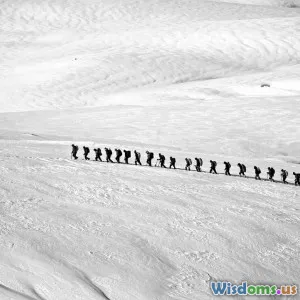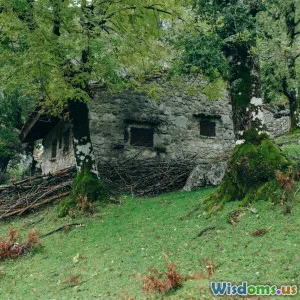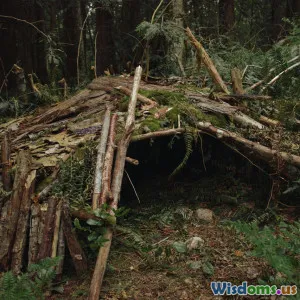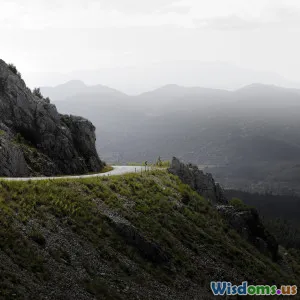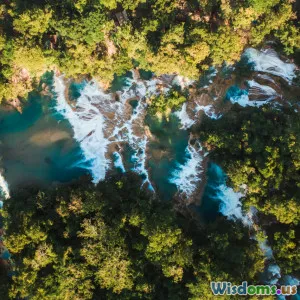
Seven Essential Safety Tips for Solo Explorers in Remote Jungles
14 min read Discover seven vital safety measures every solo explorer should practice when venturing into remote jungle environments. (0 Reviews)
Seven Essential Safety Tips for Solo Explorers in Remote Jungles
Vast emerald canopies, the symphony of exotic fauna, and the alluring sense of isolation—remote jungles beckon the boldest adventurers. Yet, behind their lush beauty lie formidable risks that demand preparation and prudence. For solo explorers, every step off the beaten path must balance curiosity with caution. Drawing on hard-earned lessons from experienced trekkers and hands-on jungle experts, here are seven fundamental safety tips for surviving—and thriving—in the world’s most untamed wildernesses.
Choose the Right Gear and Pack Wisely
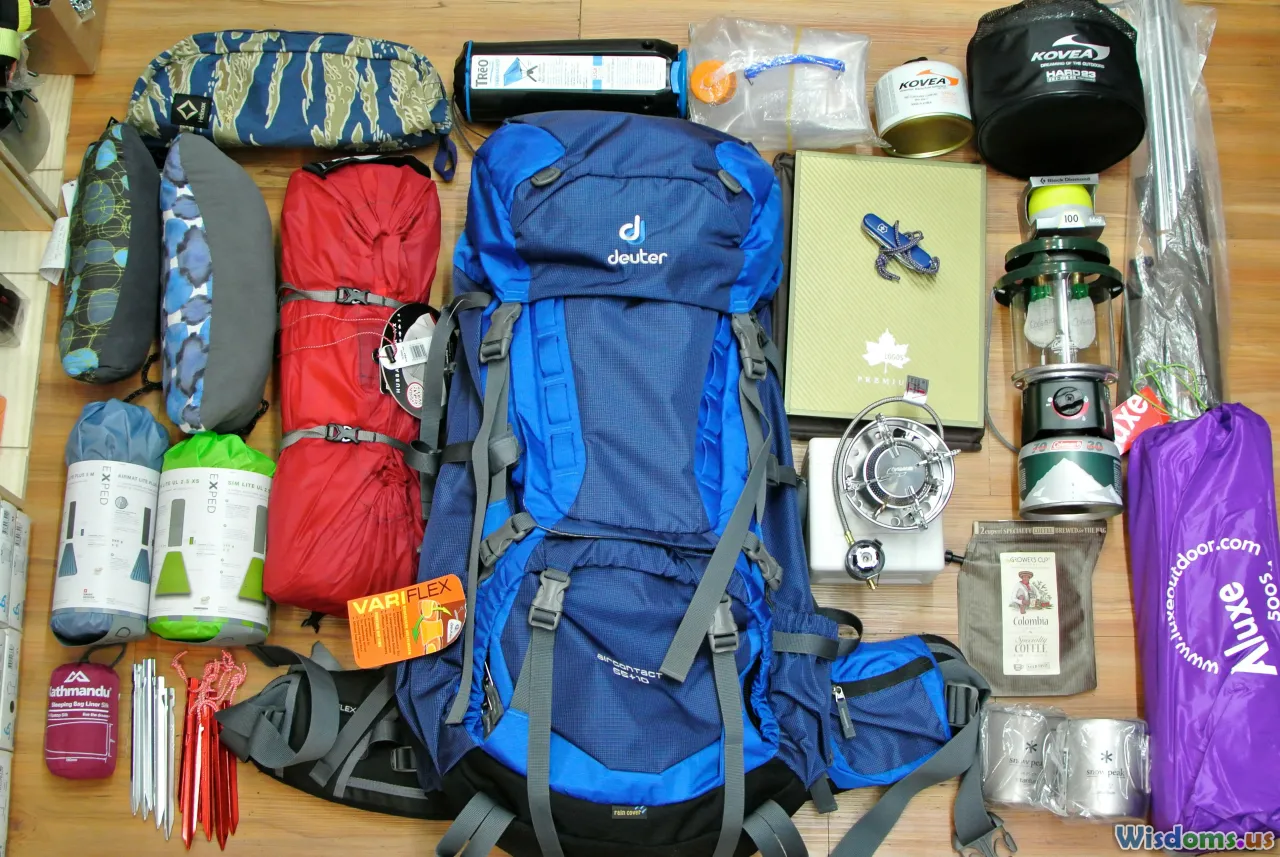
Your gear is your lifeline in dense, unpredictable terrain. When venturing solo, there’s no margin for cutting corners—each item in your pack might determine your chances in a worst-case scenario.
Focus on Lightweight Necessities
Clothes should be light, quick-drying, and breathable—synthetic blends are vastly superior to cotton, which traps moisture and risks hypothermia even in warm climates. Army-style ripstop fabric stands up well to thorns and underbrush. Your boots must provide ankle support, grip slick mud, and dry fast; many seasoned jungle goers opt for military jungle boots or trail shoes from reputable brands like Salomon and Merrell.
Practical Example: Sarah Marquis, National Geographic explorer, trims her load ruthlessly, carrying only the absolute essentials for survival: a quality multi-tool, water purification tablets, and a compact first-aid kit.
Pack a Purposeful First-Aid Kit
Go beyond the basics—include items such as pressure bandages (for snakebites), antiseptic wipes, rehydration salts, and antihistamines (for bites or allergic reactions). A compact emergency blanket and blister treatment supplies are musts.
Prioritize Water and Nutrition
Filtering, boiling, or chemically treating water is non-negotiable. Bring collapsible water bladders and high-calorie, easily digestible rations: trail mix, energy bars, and freeze-dried meals save space and keep energy high.
Pro Tip: Lay everything out before you pack. Remove anything you haven’t used on at least your last three trips—every ounce counts in humid, energy-sapping terrain.
Master Navigation—Without Relying Solely on Tech

Getting lost is the gravest peril of solo jungle exploration, especially as thick canopies often block satellite signals, leaving GPS useless.
Always Bring a Physical Map and Compass
Electronic devices fail. Batteries drain quicker in heat and humidity. Learn to orient yourself using a topographical map and compass—practice beforehand in familiar terrain. Mark critical waypoints, like rivers, summits, or distinctive clearings.
Download Offline Navigational Apps
Gaia GPS, Maps.me, and Avenza let you cache high-resolution maps of the area. Connect with local ranger stations or tourism boards to obtain the most up-to-date trail and hazard information.
Establish Backup Navigation Methods
In the Amazon, indigenous guides teach travelers to note sun direction and natural landmarks. In places like Borneo, unique root formations or bird calls serve as locational clues. Always maintain situational awareness; habitual mapping—as you walk—keeps your surroundings coherent.
Case in Point: Hunter Ellis, survival instructor, recounted how a simple compass saved his group while GPS failed in Guatemala’s Petén jungle. His manual tools enabled a 30km hike back to civilization.
Communicate Your Plans and Stay Connected

In remote regions, being uncontactable is a genuine hazard. Cell coverage is rare; thus, an emergency happens, no one will know you need help unless you planned for it in advance.
Share Your Detailed Itinerary
Leave a precise plan with friends, family, and (where possible) local authorities: entry and exit points, anticipated path, and return schedules. Include GPS coordinates for bivouac points, water sources, or possible shelter.
Invest in Emergency Communication Devices
Satellite phones or messenger beacons (like Garmin inReach or SPOT devices) offer SOS functions, sending your location to rescue services globally. Carry a spare power bank sealed in a waterproof bag.
Tip: Test your devices before departure. Some jungles, such as the Congo Basin, are notorious for atmospheric interference—verify that your device operates in the terrain you plan to traverse.
Life-Saving Example: In 2019, explorer Vitaly Kuznetsov’s Garmin inReach successfully relayed his distress signal when he suffered a broken leg in the Amazon, saving his life often where regular phones had no service.
Understand the Dangers of Wildlife Encounters
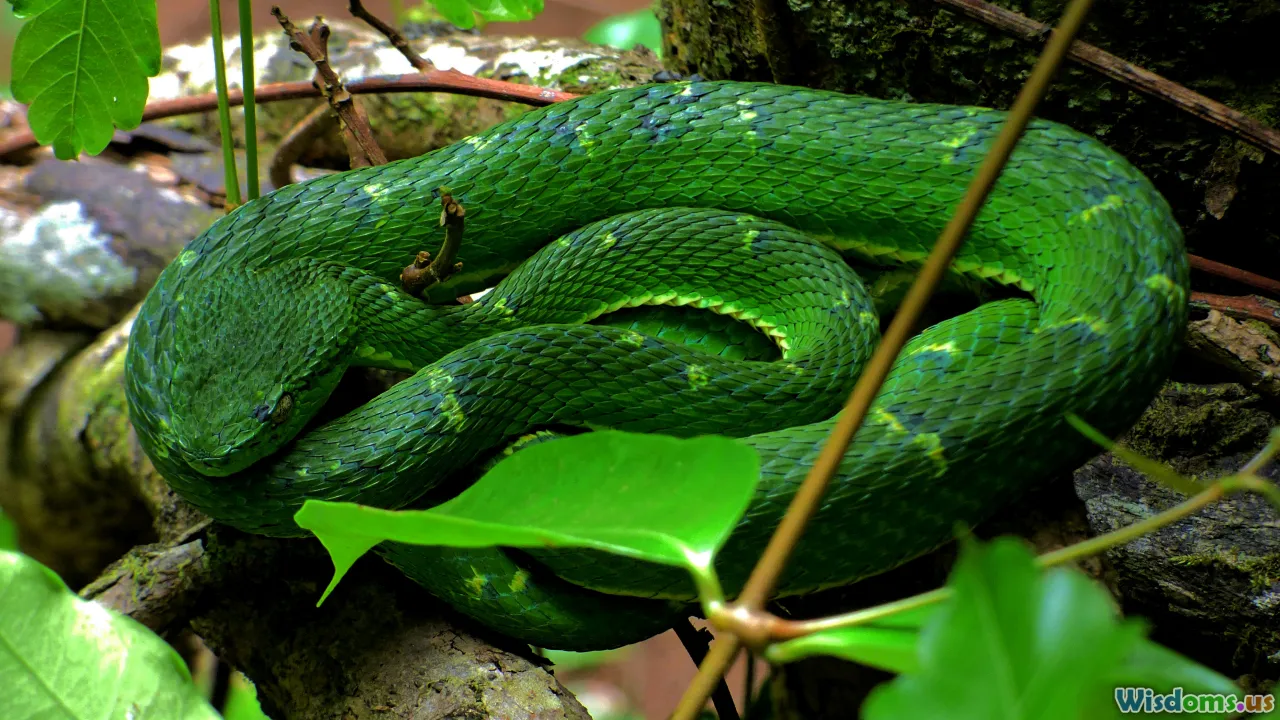
Jungles teem with life, some of it perilous. From venomous snakes in Southeast Asia to the jaguars of the Amazon, understanding animal behavior and habitat can mean the difference between a mesmerizing sighting and a deadly confrontation.
Learn Local Fauna Hazards First
Before you travel, study the area’s creatures: which snakes are venomous, which insects bite, and how animals react to human presence. For example:
- The bushmaster viper in South America often rests near fallen logs.
- Asian cobras may seek shelter in abandoned huts.
- Large cats, like pumas, usually avoid humans but can stalk at dusk.
Be Proactive, Not Provocative
Move loudly enough that you do not surprise animals. In areas with large predators, avoid trekking at night. Store food away from camp in a dry bag and hang it from a branch (at least 3 meters off the ground), as practiced by Peruvian conservationists to keep jaguars out.
Carrying Repellents and First-Aid
D.E.E.T.-based spray and permethrin-treated clothing deter malaria-carrying mosquitoes or leeches (major issues in jungles such as Sumatra). In Australia’s Daintree, anti-venom kits may be warranted subject to local guidelines.
Develop Water Safety and Sourcing Skills
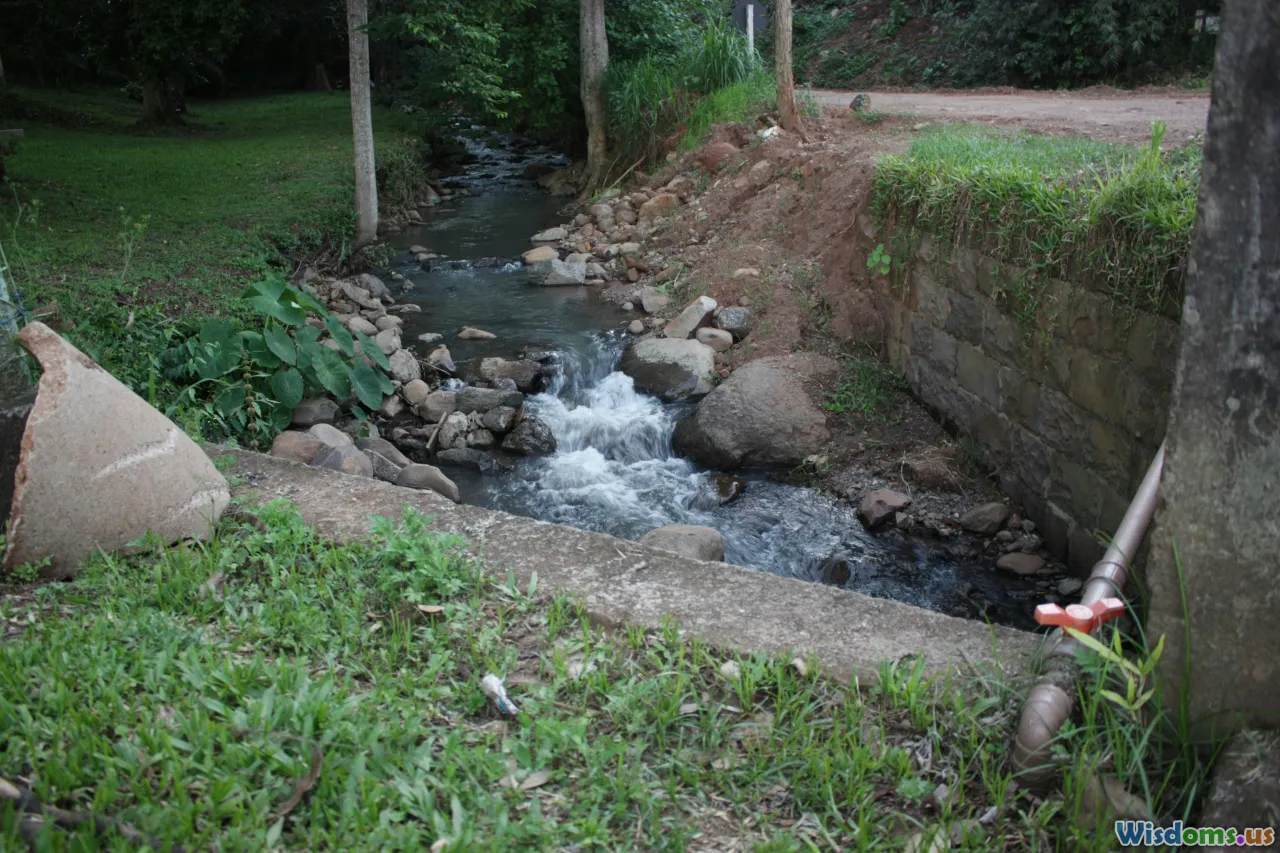
Dehydration is a silent hazard—especially when dense humidity tricks you into feeling wetter than you are. Recent studies show up to 70% of visitors to Central African rainforests underestimate water requirements, facing exhaustion or disorientation as a result.
Identifying Safe Water Sources
Flowing streams, not stagnant pools, are better. Avoid water near dead animals or upstream of human settlements due to contamination risks.
Field tip:Look beneath waterfalls; even if water appears clear, it still requires purification.
Purification Methods
Carry two forms of purification: chemical tabs (like Micropur or Aquamira) and a mechanical filter (such as the Sawyer Mini). Boil water for three minutes at lower altitudes; at altitude, add an extra minute per 300 meters above 2000m due to lower boiling points.
Daily Water Planning
A solo explorer needs 3–4 liters/day minimum amid constant sweating. Keep reserve rations, especially in unexpectedly dry sections, as found in the Chocó rainforests of Colombia.
Example: Dr. Bruce Hayward survived nine days in Papua New Guinea by collecting rainwater on banana leaves—this improvised method can be critical during droughts when rivers vanish.
Stay Alert to Weather and Environmental Hazards
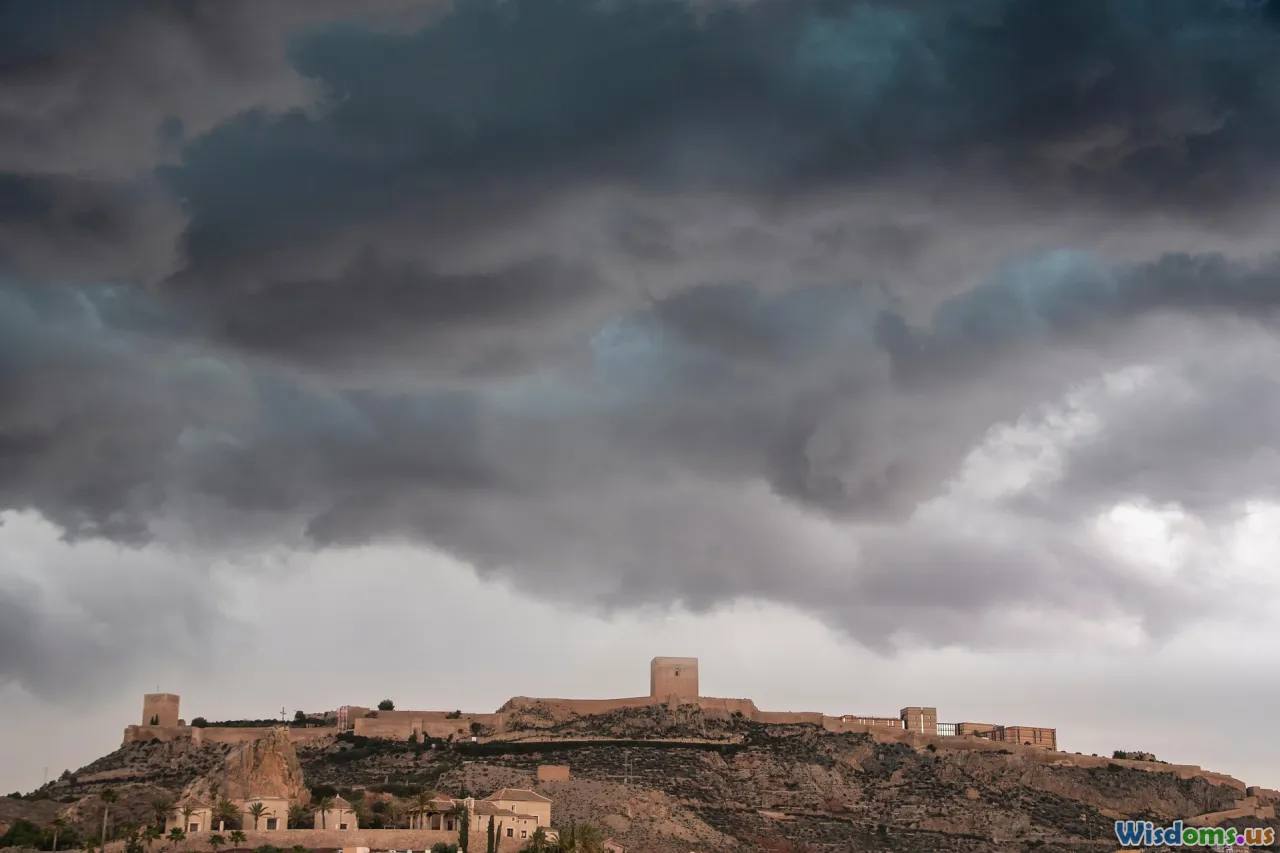
Jungles might appear static but can transform with little warning. Monsoons, flash floods, and landslides constitute significant dangers, sometimes causing fatal consequences.
Master Local Weather Patterns
Don’t rely only on seasonality; microclimates in mountainous jungles can unleash heavy rain any time. Consult locals about safe times to trek. Popular apps like Windy or Weather Underground offer detailed regional forecasts you can download.
Be Flood Aware
Creeks receeding during drought can become impassable rivers within 30 minutes of heavy rainfall, as seen in Borneo's Maliau Basin. When crossing creeks, look for debris draped in vegetation above current water level—this signals historic flood heights.
Adapt to Environmental Shifts
Treefalls from wind or lightning are common (especially in Amazonia). Never camp beneath dead limbs, known as “widowmakers.” Plan routes with exit strategies in case an area becomes unsafe or impassable.
Survivor’s Story: In 2012, Australian solo explorer Matthew Cornell evaded a sudden landslide in Indonesia’s jungles by choosing higher, less saturated ground—he had familiarized himself with old landslip scars while researching his trip.
Prepare Mental and Physical Resilience for Extended Isolation
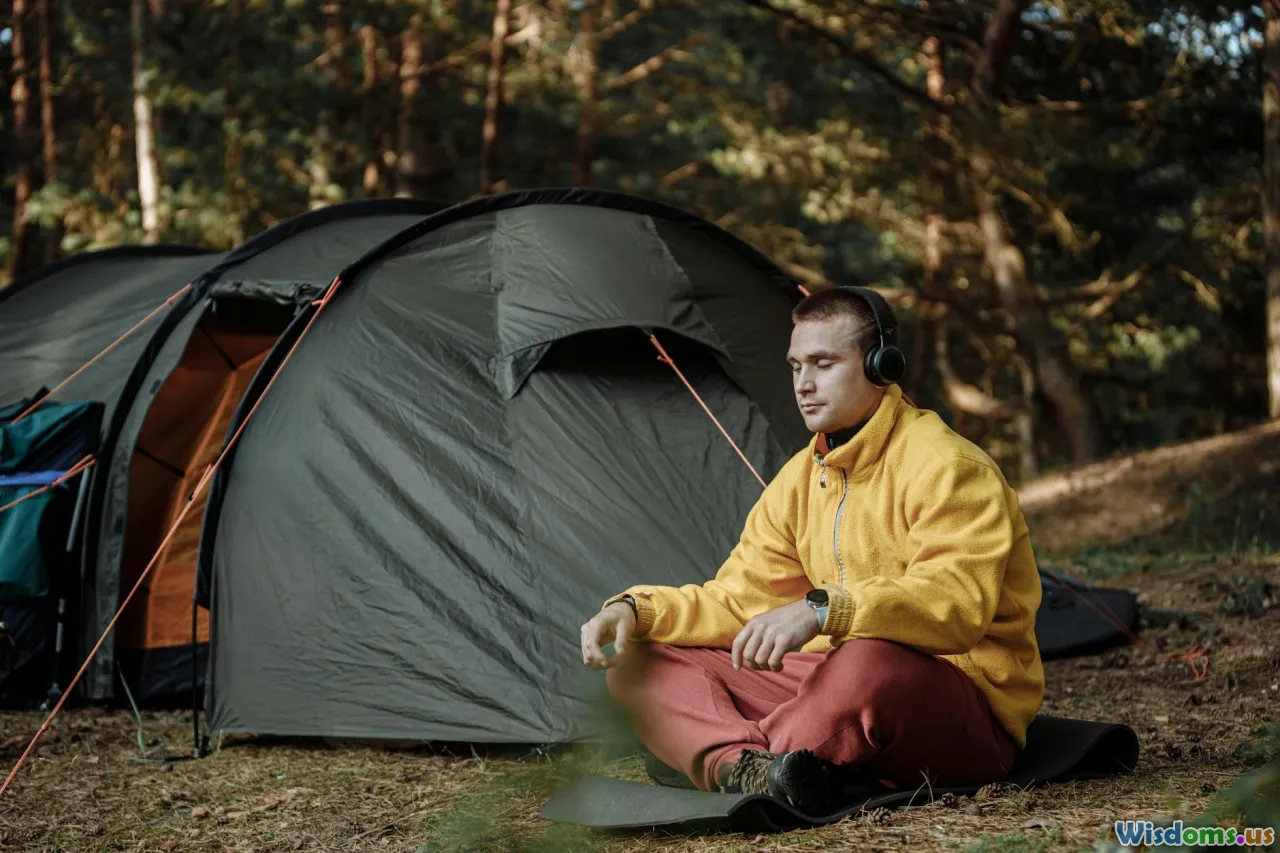
Solo jungle travel taxes both body and mind; isolation amplifies even minor discomforts into major threats. Strong psychological preparation can avert panic and help you make clear-headed decisions under duress.
Train in Realistic Conditions
Simulate solitude with day-long or overnight solo hikes in more accessible forests before venturing into the deep jungle. This builds your confidence and familiarizes you with handling unease.
Practice Survival Skills
Learn improvised shelter construction with paracord and a tarp, basic fire-starting even during a downpour, and bushcraft knots (bowline, taut-line hitch) useful in emergencies. Knowing these automatically reduces anxiety.
Mental Strategies for Loneliness
Keep a daily journal or voice recorder. Practice mindfulness techniques: explorers like Levison Wood adopt breathing routines or meditative walks to steady nerves and remain alert. Even something as simple as collecting and cataloging jungle sounds has helped many to process and mitigate the overwhelming parts of isolation.
Tested Insight: Jan Becker, an Australian nurse and seasoned outdoor leader, advocates her “three things per hour” rule: take stock of three positive achievements or observations, every hour, to foster optimism and sideline anxiety.
The call of the remote jungle is as dangerous as it is enchanting, and in solitude, foresight is your strongest shield. Successful solo explorers combine robust preparation, discipline, and deep respect for the unseen rhythms of the wilderness. Rally your gear, steel your mind, and let the jungle’s wild heart reveal itself—knowing you’re truly ready to meet it.
Rate the Post
User Reviews
Popular Posts










